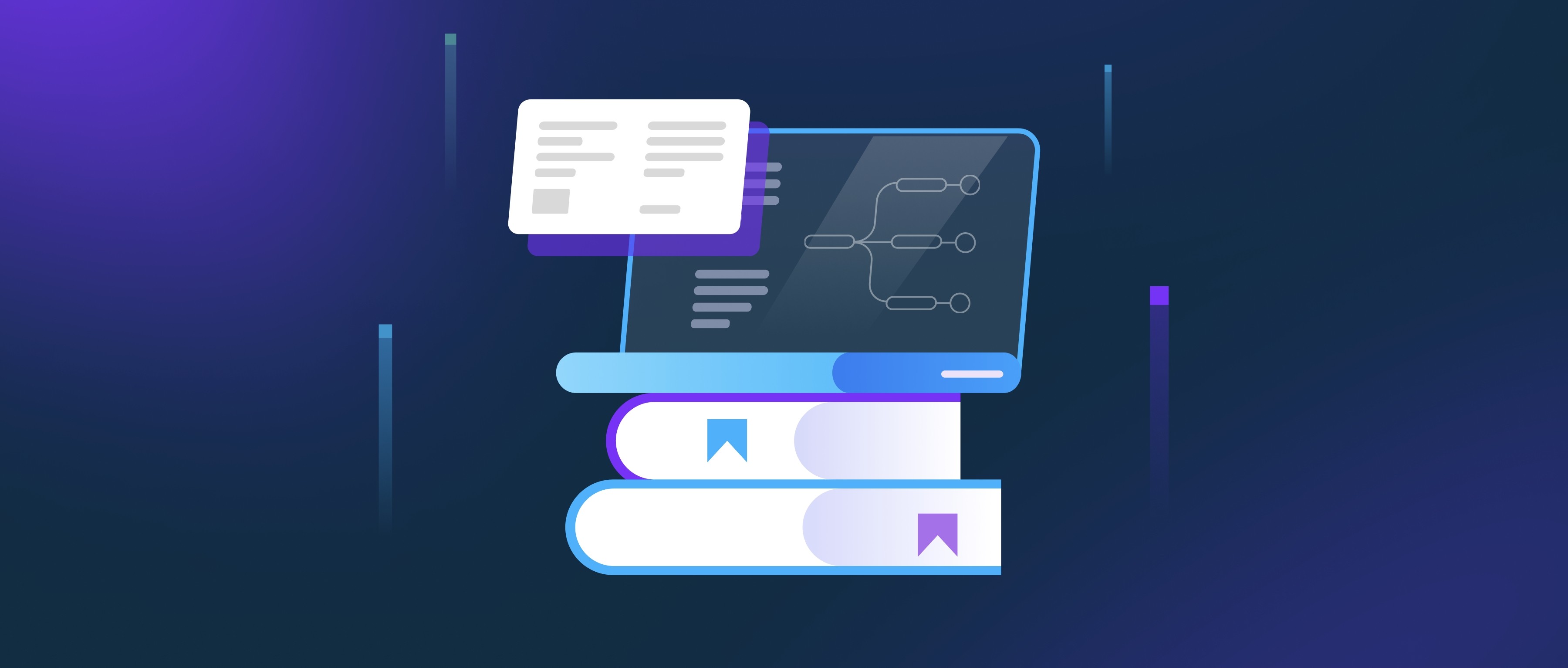Robots detect and correct errors during task execution through a combination of sensors, feedback mechanisms, and programmed algorithms. When a robot is performing a task, it constantly monitors its environment and its own actions using various sensors. For example, a robotic arm might use encoders to track its position and a camera to assess the position of objects it needs to interact with. If the sensors detect a deviation from the expected position or a failure to execute a task properly, the robot identifies that an error has occurred.
Once an error is detected, the robot will usually refer to its predefined algorithms or decision-making processes to determine the best course of action. This can include methods such as retrying the last step, executing a corrective maneuver, or completely stopping and reassessing the situation. For instance, if a robot is tasked with picking up an object and fails to grasp it correctly, it might backtrack slightly, adjust its grip, and make another attempt based on the feedback it received. This can reduce the chances of further errors and improve the overall efficiency of the task.
In addition to immediate corrections, many robots are being designed with machine learning capabilities. This allows them to learn from past mistakes over time, improving future performance. For example, if a robot frequently misjudges the height of a shelf when retrieving items, it can analyze its past attempts, adjust its internal models about the shelf, and apply that new understanding in future tasks. Thus, through real-time monitoring and a learning approach, robots can enhance their reliability and efficiency when completing tasks.
